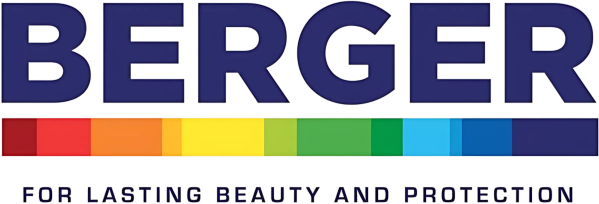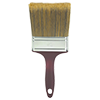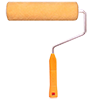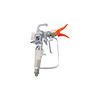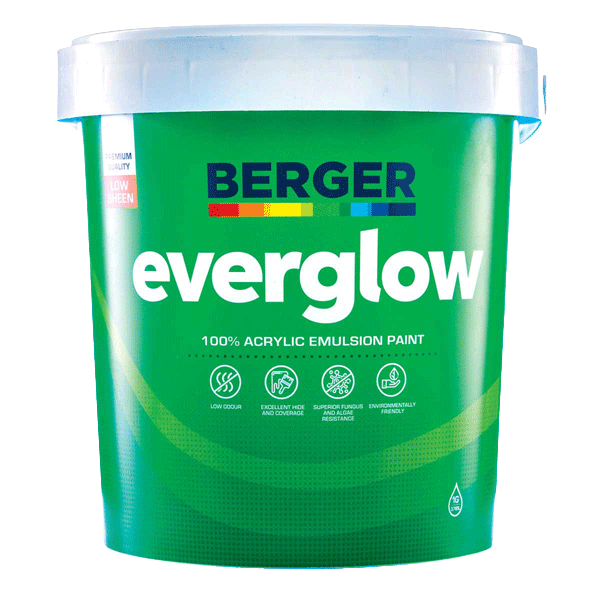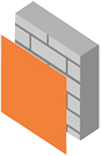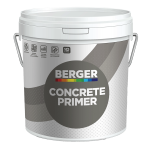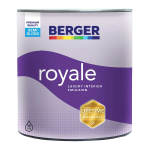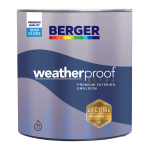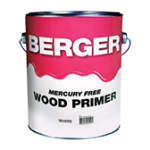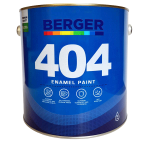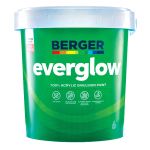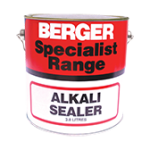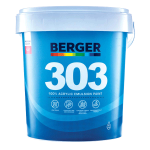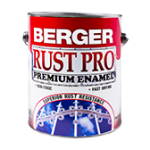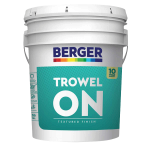Berger Everglow is one of the most versatile, low VOC, pure acrylic emulsions, offering great beauty and protection inside and out.
Berger Everglow has been specially formulated to provide protection against cracking, peeling and chalking whilst offering salt and dirt-resistant properties. Everglow is fungus and algae resistant and is easy to apply by brush, roller or spray. Its superb adhesion, great coverage and easy clean-up in water make Everglow a great product for wood and wall. Everglow is available in thousands of Spectra 1800 colours that add beauty and long-lasting protection on exterior and interior surfaces. Great in high-traffic spaces and surfaces requiring frequent washing and water resistance.
